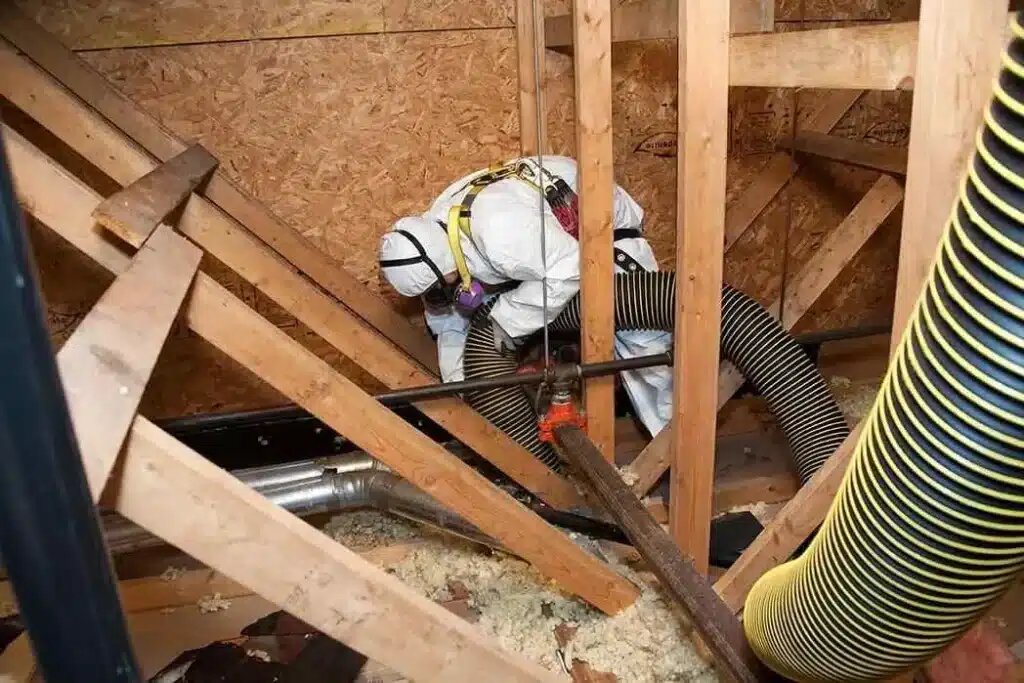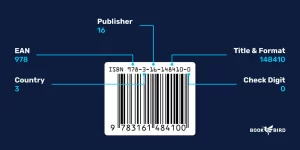Outdated or damaged insulation can significantly impact the air you breathe inside your home. In Bowling Green, where humidity, seasonal fluctuations, and occasional heavy rain events place additional pressure on residential structures, removing aging insulation is often necessary—not only to maintain thermal efficiency but also to safeguard your indoor environmental quality. Whether it’s the result of water intrusion, rodent activity, mold growth, or the deterioration of obsolete materials, insulation removal is an essential home improvement step with wide-reaching implications for health, energy costs, and comfort.
This article explores how insulation removal contributes to a healthier living environment, the visible and invisible signs that suggest it’s time to remove old materials, and the critical steps homeowners should follow before upgrading to new insulation types. We also examine regional considerations, market trends, and frequently asked homeowner questions. Let’s explore why insulation services in Bowling Green aren’t just a maintenance task—it’s a proactive strategy for healthier, more efficient living.
Why Insulation Removal Matters for Indoor Air Quality
Damaged or outdated insulation can become a hidden source of indoor air pollutants. As insulation ages, it may harbor mold, pests, dust, and allergens—all of which can enter your home’s air supply and compromise indoor air quality.
How Old Insulation Harms Indoor Air:
- Mold and Mildew Growth: Especially in Bowling Green’s humid environment, trapped moisture within insulation promotes mold formation. Spores can then spread through your HVAC system.
- Rodent and Pest Infestation: Vermin often nest in insulation, leaving behind droppings, dander, and decaying organic material that becomes airborne.
- Dust and Fiberglass Particles: Over time, aging fiberglass or blown-in insulation can break down and release tiny particles that irritate the respiratory system.
- Toxic Residues: Insulation in homes built before the 1980s may contain asbestos or formaldehyde-based binders, which can release harmful substances as materials degrade.
Bonus Tip: Routinely inspect insulation in attics and crawl spaces—these are the most vulnerable areas for moisture buildup and contamination.
Signs That Insulation Needs Removal
The longer deteriorating insulation is left in place, the more likely it is to negatively affect indoor conditions. Homeowners should stay alert to both physical symptoms and environmental indicators.
Common Red Flags:
- Persistent indoor odors, especially musty or mildew-like smells
- A noticeable increase in allergy symptoms or breathing difficulty indoors
- Drafty rooms or inconsistent temperatures between floors
- Recent water intrusion or historical evidence of leaks
- Insulation that appears damp, discolored, or compressed
- Rising energy bills despite no changes in usage
- Sounds of pest activity in attic or wall cavities
Bonus Tip: Use a flashlight to check attic insulation—dark streaks often indicate air leaks and contamination.
Comparing Removal Needs by Insulation Type
| Insulation Type | Typical Lifespan | Common Removal Triggers | Key Considerations |
| Spray Foam | 20–30 years | Water damage, improper installation | Sealed well but difficult to remove |
| Blown-In Insulation | 15–20 years | Settling, mold, pest contamination | Easy to remove, prone to air gaps |
| Fiberglass Batt | 20–30 years | Rodents, mildew, general wear | Can absorb moisture, traps allergens |
| Mineral Wool | 30+ years | Water damage or physical disruption | Excellent durability, mold-resistant |
| Crawl Space Insulation | 10–15 years | Pest damage, sagging, standing water | Regular inspections recommended |
What the Data Says: Insulation and Air Quality
Indoor air quality is a growing concern nationwide. The U.S. Environmental Protection Agency (EPA) ranks poor air quality among the top five public health risks in homes. Insulation is a hidden contributor—especially when it traps allergens or deteriorates over time.
- Studies show homes with damaged insulation have 30% higher VOC levels than homes with clean, modern materials.
- Research by the National Institute of Building Sciences reports a 25% drop in occupant respiratory issues after insulation upgrades in homes with prior mold concerns.
- Air quality monitors placed in homes during insulation removal projects show particle levels drop by nearly 40% post-removal.
Steps in the Insulation Removal Process
Proper insulation removal is more than just pulling out old material—it involves careful planning, safety precautions, and preparation for better future performance.
1. Professional Assessment
- Use of infrared thermal imaging, moisture meters, and manual inspection
- Evaluation of insulation condition, air leaks, and past water damage
2. Containment and Safe Removal
- Sealing off the work area to avoid contaminating living spaces
- HEPA-filtered vacuums and protective gear used during material extraction
3. Surface Cleaning and Sanitizing
- Removal of insulation dust and pest debris
- Application of mold inhibitors or antimicrobial solutions, if needed
4. Air Sealing and Moisture Barriers
- Sealing penetrations and cracks with foam or caulk
- Installing vapor barriers where needed to prevent future moisture issues
5. Re-Insulation Preparation
- Ensuring ventilation (e.g., soffit and ridge vents) works properly
- Planning insulation type and thickness based on updated building codes
Bonus Tip: Don’t forget to inspect HVAC ducts during removal—leaks or buildup can reintroduce contaminants even after insulation is replaced.
Things to Consider Before Choosing Insulation
1. Bowling Green’s Climate Demands
- Hot summers and chilly winters make year-round performance essential
- Humidity management is especially important to prevent mold and moisture
2. Home Design and Ventilation
- Older homes may lack proper attic airflow
- Consider upgrades to ventilation before installing insulation
3. Rebates and Incentive Programs
- Utility companies and local energy agencies often offer rebates for insulation removal and reinstallation
- Some federal tax incentives may apply when replacing outdated materials with eco-friendly options
4. Eco-Friendly and Fire-Resistant Choices
- Mineral wool and cellulose are gaining popularity due to sustainability and safety features
- Spray foam offers great performance but requires skilled installation
5. Cost vs. Long-Term Savings
- While removal and re-insulation can cost thousands upfront, homeowners typically recoup the investment within 3–5 years through lower energy bills
Common Homeowner Questions
What happens if I don’t remove old insulation?
Over time, it can become a reservoir of mold, allergens, and contaminants. It also compromises new insulation’s effectiveness.
Can I remove insulation myself?
While possible, it’s generally discouraged. Risks include exposure to fiberglass, pests, and hazardous materials like asbestos.
Will my home be uncomfortable between removal and replacement?
Only temporarily. With proper scheduling, professionals can complete both steps in under 48 hours to minimize discomfort.
How long does insulation removal take?
Most attics or crawl spaces are completed within 1–2 days, depending on square footage and contamination level.
Is all insulation removed, or just the damaged parts?
Typically, only affected areas are removed. However, if contamination is widespread or materials are outdated, full removal is often recommended.
Technical Details: R-Value and Replacement Specs
| Material Type | R-Value per Inch | Fire Resistance | Moisture Resistance | Ideal Use Cases |
| Spray Foam | 6.0–7.0 | High | Moderate | Walls, roofs, rim joists |
| Blown-In Fiberglass | 2.2–2.7 | Moderate | Low | Attics, wall cavities |
| Mineral Wool | 3.0–3.3 | Very High | High | Basements, exterior walls |
| Fiberglass Batt | 2.9–3.8 | Moderate | Low | Crawl spaces, floors |
| Cellulose | 3.2–3.8 | Low to Moderate | Moderate | Retrofit walls, attics |
Finding the Right Insulation Expertise
Insulation removal plays a vital role in achieving better indoor air quality, thermal performance, and energy savings. Addressing outdated materials not only protects your health but lays the groundwork for a more resilient and comfortable living space. Whether it’s identifying mold, sealing air leaks, or installing a higher-performing material, each phase has long-term value.
For homeowners seeking professional guidance or services like insulation removal, Armored Insulation is a provider with experience in regional climate considerations and modern building standards.
Readers can learn more about Armored Insulation’s services:
Company: Armored Insulation
Phone: (270) 727-5566
Email: [email protected]





